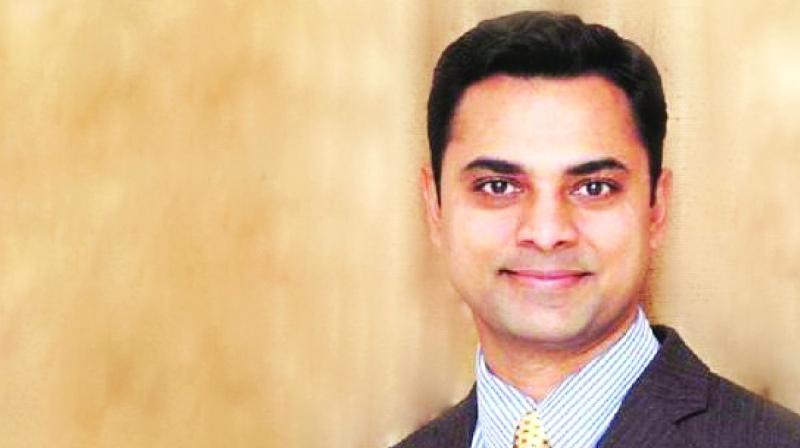PM Kisan key to doubling farmer income
Agriculture being a state-level subject, the template provided by GST can be used to reform some of these legislations.

Farm income support scheme PM KISAN is an important step towards doubling the income of small and marginal farmers, Krishnamurthy Subramanian, Chief Economic Adviser to Government of India tells Sangeetha G in an exclusive interview. The CEA is also confident that the government will achieve the fiscal deficit targets and the country is resilient in the face global growth concerns. Excerpts:
Farmer distress has remained a persistent problem and the declining share of farm income in the total rural income too is a concern. What are the structural changes needed in the farm sector?
The PM-KISAN scheme is good step in this direction. Farm sector has some basic problems. The population is growing at less than 1 per cent, but farm produce is growing more than three per cent. You will have more surplus and prices will come down. In this context, the PM KISAN Scheme is very important for doubling the farmer income. The average income of a farmer from farming is Rs 30,000 per year and Rs 6,000 to this is 20 per cent increase in income.
More importantly, this is assured income. A microfinance institution or self-help group can give him a loan taking the cash as collateral. The MFI can leverage it and give loan of three times the amount. So the Rs 6,000 can generate a cash flow of Rs 18,000. This is much better than the earlier narrative of loan waiver, which is really bad economically.
The government has set up a committee to double farmer income. As part of the steps taken, MSP for 23 crops has been increased. Farmer income has been increased by 20 per cent through PM-KISAN scheme. For the remaining 80 per cent, we are working on and the problem is on the marketing side. E-Nam is being used to address the issues in marketing and inter-state trade has started happening.
Huge wastage is happening between the farm and the fork. Despite incentives being given, investments have not been coming into cold storage and supply chain infrastructure?
Many a time the farmer gets a small portion of the price because he cannot store the things. If he has the infrastructure, he may store it and sell it at a higher price. There are startups that are doing this. As states have different APMCs, the change has not been easy and that is where the incentives for private sector are being given. There are players coming in now and as more information starts going to farmers, things will improve.
Don’t you think APMCs have become redundant? Some states have this and some have done away with it. Shouldn’t we have a uniform system for the entire country?
GST provides a good template to carry out reforms. Agriculture being a state-level subject, the template provided by GST can be used to reform some of these legislations.
Are we on the right pace to achieve fiscal deficit and debt-to-GDP ratio targets as per N K Singh committee recommendations?
We are very much on target. Next year, the target is kept at 3.4 per cent and we are very much following the glide path to consolidation. Do remember that these projections are not based on the revised GDP numbers. So when we take those into account, if the base increases fiscal deficit will be lower. As per the revised GDP data, it should be 3.1- 3.2 per cent. We are still waiting to understand the revised GDP numbers.
The path towards fiscal consolidation since 2014 has been on a glide despite higher devolvement of funds for the states. Further, the fiscal deficit has not jumped up even after implementing the recommendations of the Seventh Pay Commission. Given the growth path the economy is following, we will achieve those targets.

